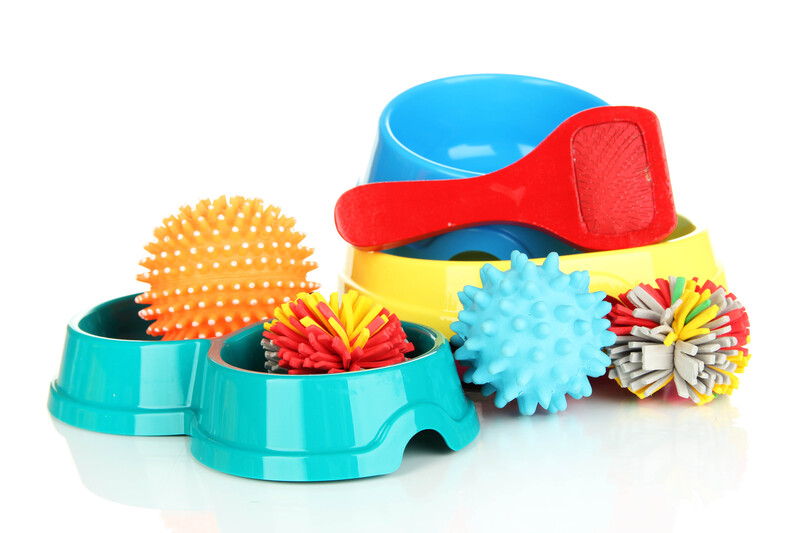Moving a Piano Can Be Tricky and Risky Without Professional Help
If you own a piano, you know it's more than just a musical instrument--it's a valuable possession and possibly a cherished family heirloom. Relocating a piano is a monumental task that shouldn't be underestimated. Attempting to move a piano without professional assistance can result in significant risks, including personal injury, property damage, and costly repairs. Discover why moving a piano can be tricky and risky without professional help, and learn how hiring experts can save you time, money, and stress.
Why Are Pianos So Challenging to Move?
Pianos are not only heavy but also awkwardly shaped and delicate. The average upright piano weighs between 300 and 500 pounds, while grand pianos can tip the scales at 1,000 pounds or more. Despite their weight, pianos are surprisingly fragile inside, featuring thousands of sensitive moving parts that can be easily damaged by improper handling.
- Weight Distribution: Pianos have uneven weight distribution, with the majority of the mass concentrated in particular areas, such as the cast iron harp or plate.
- Delicate Components: Keys, pedals, hammers, and strings require gentle handling to prevent damage.
- Awkward Size and Shape: Pianos are bulky and can be difficult to maneuver through doorways, stairs, and tight corridors.
Moving a piano without professional help is risky because most people lack the knowledge and equipment required for proper relocation. Amateur attempts can result in injuries, damages, and even render the piano unplayable.

Risks of Moving a Piano on Your Own
The dangers of attempting a DIY piano move go far beyond just scratching your floors or damaging a doorframe. Here's why moving a piano can be dangerous without experienced movers:
- Personal Injury: Many people attempting to move a heavy piano end up with back injuries, crushed fingers, sprains, or more severe bodily harm.
- Piano Damage: Dropping or jostling a piano can break internal components, crack the wood, or damage the tuning mechanism. Even small jolts can knock the piano out of tune or bend keys and pedals.
- Property Damage: Moving a piano without the right technique can easily lead to scratched floors, dented walls, and broken staircases or banisters.
- Costly Repairs: Fixing a piano after a mishap is often much more expensive than hiring a professional mover in the first place.
It's crucial to avoid these risks by relying on professional piano movers who have the right training, tools, and experience.
The Process of Moving a Piano Safely
Professional piano movers follow a meticulous process to ensure the safe transport of your instrument. Understanding their methods underscores why moving a piano is a task best left to experts.
Assessment and Planning
Before the move, professionals evaluate several factors, such as:
- The type and size of the piano (upright, baby grand, concert grand, etc.).
- The origin and destination layout, including narrow hallways, staircases, doorways, and elevators.
- Required manpower and specialized equipment for secure lifting and transport.
Specialized Equipment
Professional movers utilize an array of specialized tools designed for moving heavy and delicate items, including:
- Piano dollies for rolling the instrument smoothly across flat surfaces.
- Padded moving blankets and wraps to protect the exterior finish.
- Heavy-duty straps and harnesses to secure the piano during movement and transport.
- Ramps and skid boards for navigating stairs safely.
Disassembly When Necessary
Some types of pianos, especially grand and baby grand models, require partial disassembly before they can be moved safely. Professionals may remove legs, pedals, or even the music rack, ensuring each part is packed carefully and labeled for easy reassembly.
Safe Transport and Placement
Once loaded onto a climate-controlled vehicle, the piano is secured with additional straps to prevent shifting during transport. Upon arrival, movers carefully reverse the process, reassembling and positioning your piano exactly where you want it.
Common Mistakes Made When Moving a Piano Yourself
Many people underestimate what it takes to safely move a piano. Here are some common mistakes that highlight the risks of skipping professional help:
- Underestimating the Weight: Many DIY movers don't grasp just how heavy a piano is, increasing the risk of drops and injuries.
- Poor Grip and Lifting Technique: Pianos must be lifted strategically to avoid straining the back and risking falls.
- Inadequate Equipment: Trying to use regular furniture dollies or not enough padding can cause significant damage.
- No Clear Pathway: Forgetting to measure doors and clear hallways can result in stuck pianos and rushed decisions that end in damage.
- Lack of Adequate Help: Too few helpers or helpers with little experience significantly increases risks.
- Improper Loading in Vehicles: Failing to secure the piano during transit leads to shifting and potentially catastrophic damage.
Benefits of Hiring Professional Piano Movers
Hiring experienced piano movers offers a range of benefits. Here's why wise piano owners prefer the professionals:
- Skill and Expertise: Movers are trained in the specific needs of all piano types and understand how to handle, transport, and reassemble them without compromising integrity or sound.
- Full Insurance Coverage: Reputable piano moving companies provide full insurance, covering any accidental damage during the move.
- Time and Effort Savings: Your piano will be moved more quickly and with less disruption to your schedule.
- Proper Equipment: Professionals bring all the right gear for the job, eliminating the risk of makeshift, unsafe moving techniques.
- Risk Reduction: The chance of injury or damage is drastically reduced when you rely on trained professionals.
- Stress-Free Experience: You can relax, knowing your valuable instrument is in capable hands.
Cost-Effectiveness of Professional Help
Though hiring piano movers might seem like an unnecessary expense at first, it's often far more affordable than the potential costs of injury, property repair, or expensive piano restoration. When weighing the cost of repairs or medical bills against a reasonable moving fee, the choice becomes obvious.
How to Choose the Best Piano Moving Company
To ensure the safety and care of your piano, follow these essential tips when selecting a moving company:
- Experience Matters: Choose a company with a strong track record in piano moving, not just general furniture relocation.
- Insurance and Licensing: Verify that the company is fully insured and holds the proper licenses.
- Customer Reviews: Look for positive reviews from satisfied clients, especially those who mention successful piano moves.
- Transparent Pricing: Get a written estimate upfront and ask about any additional fees for stairs, distance, or special circumstances.
- Proper Equipment: Ensure the movers have all the necessary tools and vehicles for piano transport.
- Personal Consultation: The best companies offer a walkthrough or consultation to plan the move thoroughly.
Questions to Ask Potential Movers
- How many pianos have you moved in the past?
- What is your process for protecting and transporting pianos?
- What insurance coverage do you offer?
- Can you provide references from previous clients?
- How do you handle challenges such as stairs or tight spaces?
Different Types of Pianos and Their Moving Requirements
Each piano type presents unique challenges, underscoring the importance of professional handling.
Upright Pianos
- More compact, but still extremely heavy (300-500 lbs).
- Require careful balance and often two to three movers.
- Can fit through most standard doorways, but stairs may be a challenge.
Grand and Baby Grand Pianos
- Larger and heavier, with awkward shapes and legs or lyres that need to be removed.
- Usually require disassembly and special boards or crating for safe transport.
- Need at least three to four trained professionals.
Digital and Electric Pianos
- Lighter overall, but still require protection from moisture, shocks, and vibrations.
- Cables, pedals, and consoles must be packed securely to prevent damage.
Tips for Preparing Your Piano for a Move
While the heavy lifting should always be left to professionals, there are steps you can take as a piano owner to prepare your instrument for a safe move:
- Remove all sheet music, decorations, and accessories before moving day.
- Lock the keyboard lid (if possible) to protect the keys during transport.
- Notify the movers of any unique features or previous repairs your piano has undergone.
- Clear a path through your home, removing rugs, furniture, or other obstacles.
- Plan destination layout so the movers know exactly where to place your piano upon arrival.
- Ensure climate control at both locations, as pianos are sensitive to temperature and humidity changes.

What to Do After Your Piano Has Been Moved
Once your piano is in its new location, there are a few important post-move steps to ensure it remains in optimal condition:
- Wait Before Tuning: Pianos need time to acclimate to their new environment before tuning, usually at least two weeks.
- Inspect for Damage: Examine your piano for any signs of external or internal damage. Professional movers' insurance should handle any issues.
- Schedule Professional Tuning: Hire a specialist to re-tune your instrument once it has adjusted to the new surroundings.
- Control the Environment: Maintain stable humidity and temperature levels to safeguard your piano's delicate components.
Conclusion: Leave Piano Moving to the Experts
Moving a piano can be tricky and risky without professional help. The process demands expert handling, specialized equipment, and an understanding of the instrument's unique vulnerabilities. By entrusting your valuable piano to trained, insured professionals, you'll prevent injury, avoid costly damage, and enjoy peace of mind knowing your instrument is safe and sound.
For anyone relocating a piano, professional piano movers are not a luxury--they're a necessity. Don't take risks with your treasured instrument. Invest in expert piano moving services for a seamless, stress-free transition and a lifetime of harmonious music.



